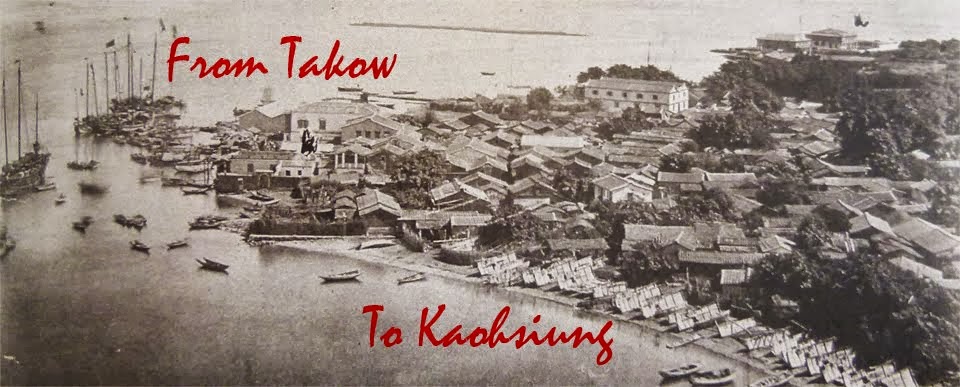subtitle
-- Working draft for upcoming book by Mark Caltonhill, author of "Private Prayers and Public Parades - Exploring the religious life of Taipei" and other works.
Sunday 13 February 2022
Ershui (二水) Township, Changhua County
Ok, you'll need to strap in for this one because, although it initially seems (and actually may well be) fairly straight-forward, there are a number of surprisingly convoluted explanations suggested for this place name, which on the surface just means "Two Waters / Rivers".
It certainly cannot be that simple, however, because until implementation of the Japanese-era rule on shortening place names in 1920, the township was called 二八水 (Mdn. Erbashui; lit "Two Eight Waters / Rivers"), for which there are at least five suggested explanations.
But first, it is useful to know a little of the area's history (source: Wikipedia):
These were originally lands of Babuza plains aborigines. Following small-scale Han-Chinese immigration, expansion of the Dutch colony’s influence into central Taiwan in the 1640s, and arrival of Zheng-family garrison-farming (屯田) in the 1660s, it wasn't until the early 18th century that large-scale immigration occurred.
Shi Shi-bang (施世榜) applied for a reclamation license in 1709, and led water from Zhuoshui River (濁水溪) into an irrigation system, the 施厝圳 (lit. "Shi’s Homestead Channel"), which was completed in 1719 (and later renamed the 八堡一圳 “Eight Forts No.1 Channel”). A second irrigation system was started by Huang Shi-qing (黃仕卿) in 1721, which was initiatlly known as the 十五庄圳 (“Fifteen Villages Channel"; and later as the 八堡二圳 “Eight Forts No.2 Channel”). Construction of these irrigation systems led to a massive increase of Han-Chinese immigration into this and neighboring areas (see, for example, Changhua’s Tianzhong and Tianwei townships) to reclaim land in the 18th century.
So, now we have the two "Eight Waters" that accounts for the simplest explanation of the township's name:
i) Erbashui was the area of farmland supported by these two irrigation systems whose names both begin with the word 八 ("Eight"). Other explanations include:
ii) a subsidiary channel was built to lead 20% of the Shi's channel waters into that of Huang's 15 Village system, giving proportions of 2:8, hence the "Two Eight Waters” name;
iii) the place where the “two” channels bifurcate is in the shape of the Chinese character for “eight” (八)
iv) it derives from the 二八水渡 (Erbashui Ferry), though apparently this was quite some distance away; and
v) the nearby confluence of Zhuoshui River and its tributary, 清水溪 (Qingshui River), was at a place called 二幅水 (Hoklo: Ji-pak-chui; lit. “Two Pieces Water”) or 二合水 (Ji-hap-chui; “Two Combined Waters”), and this was later changed to the similar-sounding 二八水 (Hoklo: Ji-beh/bat-chui; “Two Eight Waters”).
Abe Akiyoshi (台灣地名研究 "Studies on Taiwan's Place Names" 1938) mentions versions of both iii) the "八 character" explanation and iv) the ferry location explanation.
Tsai Pei-hui et al. (台灣的舊地名 "Taiwan's Old Place Names" 2004) are happy to accept the simplest explanation i) above, although they refer to the slightly differently named 八堡圳 (formerly: 施厝圳) and 二分水圳 channels.
In which case, maybe it is quite straight-forward after all.
Copyright Jiyue Publications 2022
Subscribe to:
Post Comments (Atom)

No comments:
Post a Comment